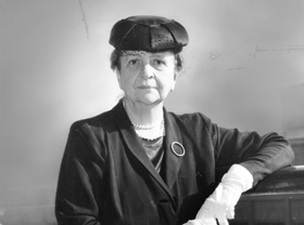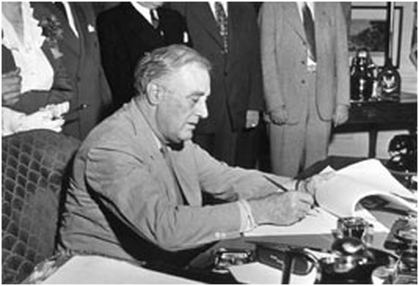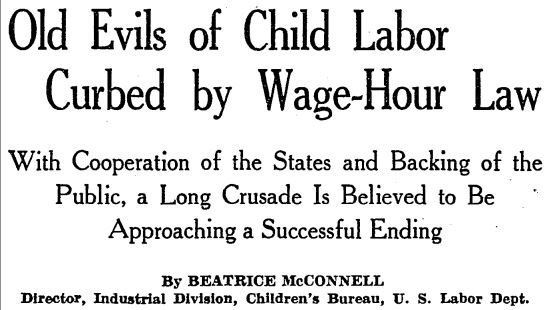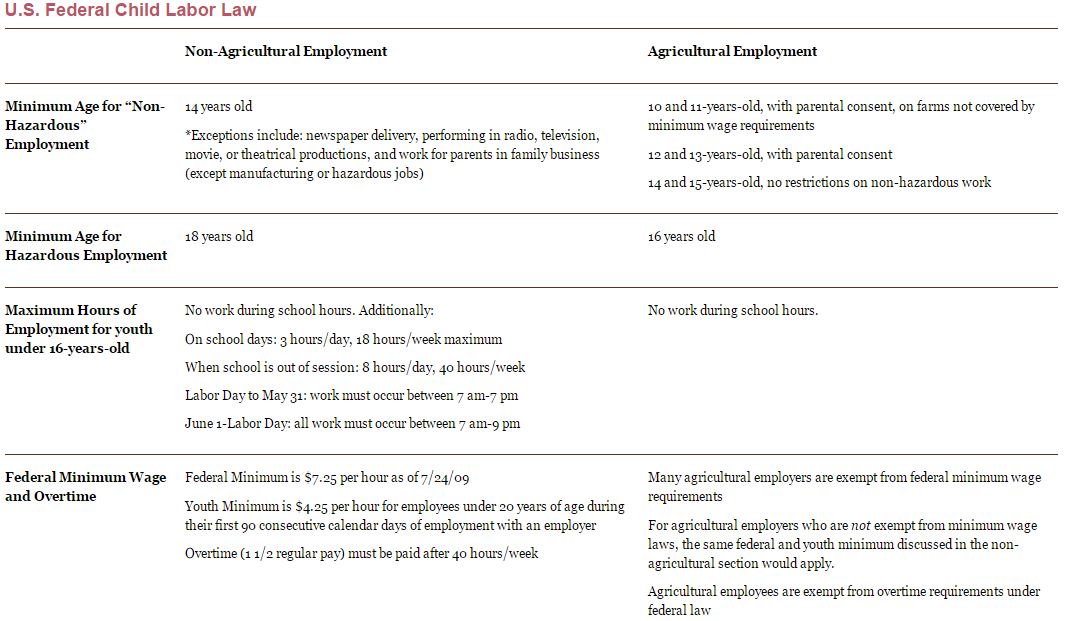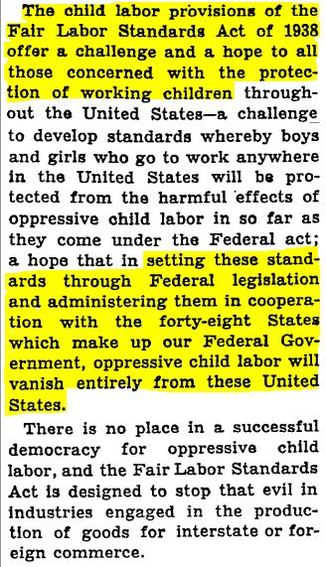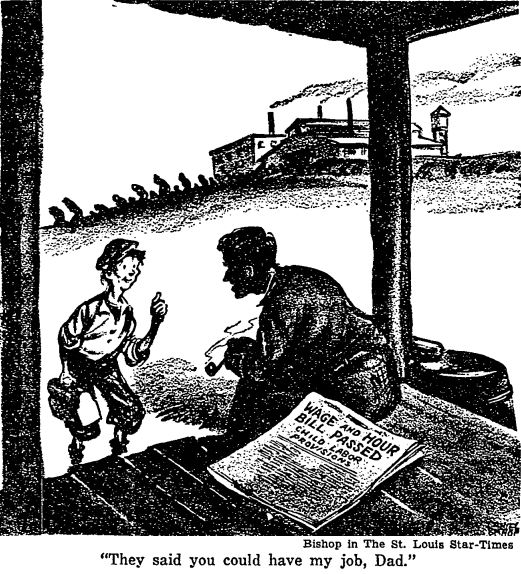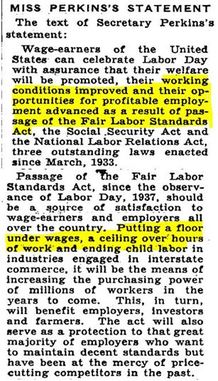New Deal and Reform
Secretary of Labor Frances Perkins
While speaking at a NCLC lecture, Florence Kelley met Frances Perkins, who soon became Kelley's close friend and an important asset in the fight for her cause.
"A protege of Florence Kelley, Frances Perkins would [later] serve as President Roosevelt's Secretary of Labor"
-University of Illinois Library, Florence Kelley collection [2003]
"No top government official worked more ardently to develop legislation to help underpaid workers and exploited child laborers than Secretary Frances Perkins. Almost all her working life, Perkins fought for pro-labor legislation. To avoid the sometime pitfall of judicial review, she consulted legal experts in forming legislation" -United States Department of Labor [1978] |
While serving as the Secretary of Labor, Perkins sought to create strong child labor legislation that could be not deemed unconstitutional once again.
"She turned to the leadership of the NCLC and asked the committee to be helpful to her, and then to congressional leaders for drafting the Fair Labor Standards Act so that it focused on child labor and focused on child exploitation and didn't get distracted from that" -Jeffrey Newman, current President of the National Child Labor Committee (Student Conducted Interview)
"We have this really magnificent series of legislative acts to protect and improve the administration of the law regarding the protection of work people" -Frances Perkins [1964] |
Both the NCLC's campaign to popularize child labor legislation and its ties with Secretary of Labor Frances Perkins were instrumental in the passage of the Fair Labor Standards Act, which strictly abolished child exploitation.
Fair Labor Standards Act
"An early form of the bill being readied for Congress affected only wages and hours. To that version Roosevelt added a child-labor provision based on the political judgment that adding a clause would increase the chance of getting a wage-hour measure through both Houses, because child-labor limitations were popular in Congress"
-United States Department of Labor [1978]
"On June 25, 1938, the President signed the Fair Labor Standards Act, to become effective on October 24, 1938"
-United States Department of Labor [1978]
The FLSA specifically detailed the minimum wages, time restrictions, and ages for both non-adult and adult workers.
|
The crucial support of the NCLC allowed for the ratification of the FLSA, protecting the rights of not just the child laborers, but of all working men and women.
[Its primary objective was] eliminating labor conditions detrimental to the maintenance of the minimum standard of living necessary for health, efficiency, and general well-being of workers...without substantially curtailing employment or earning power" -Fair Labor Standards Act [1938] |
Not only did the leadership of the NCLC facilitate the progress of national legislation regulating child labor, but it allowed for federal standards of all forms of labor to be passed alongside the child labor provisions, setting a precedent and a legacy that allowed for congressional management of future issues pertaining to labor.
|
Thesis:
The leadership of the National Child Labor Committee piloted the social reform movement against the exploitation of children. By harnessing the power of propaganda to influence public opinion, the NCLC changed society’s perception, thus allowing for the passage of national legislation prohibiting the labor of children. The legacy of the NCLC lies not only in ending child labor, but also in establishing a precedent for future federal regulation of labor. |
Niharika Boinpally and Divya Pakianathan
Senior Group Website Word Count (Student Composed): 1166 Process Paper Word Count: 484 |
